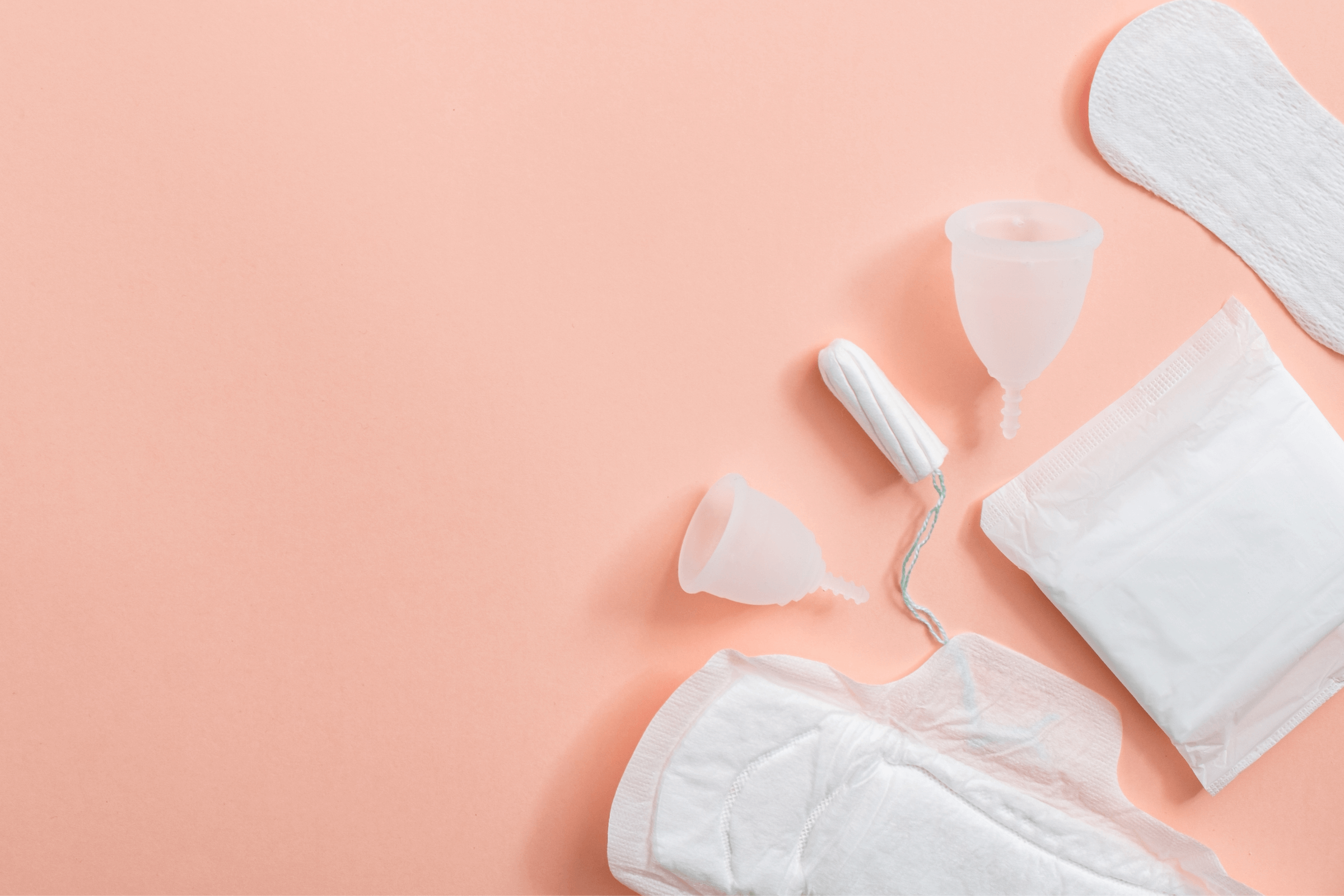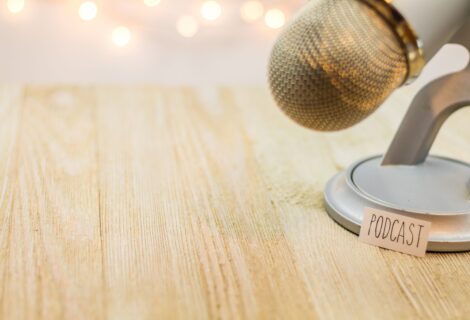What’s in your menstrual products?
Did you know that women spend an average of 9.5 years ON their period throughout their life?
If that seems excessive, let’s break down the numbers:
Girls typically get their period at around the age of 12 and women typically hit menopause at around the age of 50. This means women typically have a regular period over a timeframe of about 38 years.
The typical menstrual cycle is 28 days (ie. 4 weeks or 1 month) and the typical menstrual period is 6-7 days (ie. 1 week). This means that women are bleeding for about 25% of 38 years, which is about 9.5 years!
Why do these numbers affect me?
That’s a VERY long time to be using menstrual products either on or inside of your genital area. The skin of your vulva and vagina are very thin and permeable, and it’s been estimated that this skin has 10 times the absorption rates in comparison to skin on the rest of your body.
There are more and more studies out there that are looking into the different types of chemicals — particularly EDCs (endocrine disrupting chemicals) — that can be found in our menstrual products, and the results are quite disconcerting. The reason EDCs are frowned upon is because they can interfere with our hormones, which can have many negative health consequences that impact your period and your fertility.
Endocrine Disrupting Chemicals (EDCs)
The EDCs that came up the most were phthalates and parabens.
Phthalates
Phthalates are a group of chemicals called plasticizers and they are used to make plastics more flexible and more difficult to break. They are found in many personal care products such as pads, panty liners and tampons from the top/bottom layers and the adhesives.
These chemicals have an association with a negative impact on reproduction, endometriosis and ovulation disorders — which can all impact your fertility.
Parabens
Parabens are a group chemicals that are used as a preservative in many cosmetics and personal care products,
These chemicals have an association with a negative impact on reproduction, fertility and even breast cancer because of its ability to mimic estrogen.
What’s the solution?
Being informed when it comes to your purchasing decisions is the best solution.
There are actually quite a few options out there that are healthier for you AND more environmentally friendly.
Period Underwear
These are underwear that are designed to absorb blood. There are even different options for different days of heaviness.
Menstrual Cups
These are usually made from silicone and are inserted into the vagina where they collect blood. You empty and then wash/rinse/wipe the cup, and then reinsert it again.
Natural Disposable Tampons or Pads/Liners
These are exactly the same are the regular tampons/pads except that they are made from cotton/organic cotton.
Reusable Pads/Liners
These are made from cotton/organic cotton and many other material such as polyester, thermoplastics, etc. They also come in variable absorbencies and sizes but they are reusable.
Take-Away Message
The main take-away message I want you to walk away with is that you should not just read your labels when it comes to your food and supplements, but you should always read your labels when it comes to everything that you put in your body AND on your skin — including your menstrual products. If there are no ingredients listed (which will often be the case when it comes to your pads/tampons), then do a quick Google search to see what comes up. Do your research.









